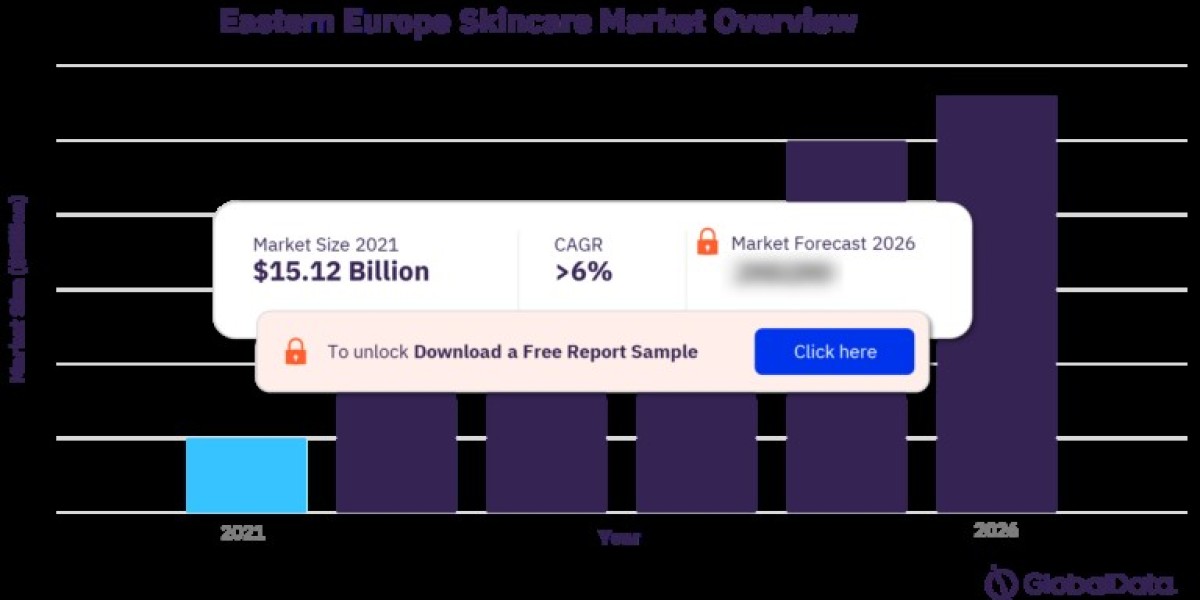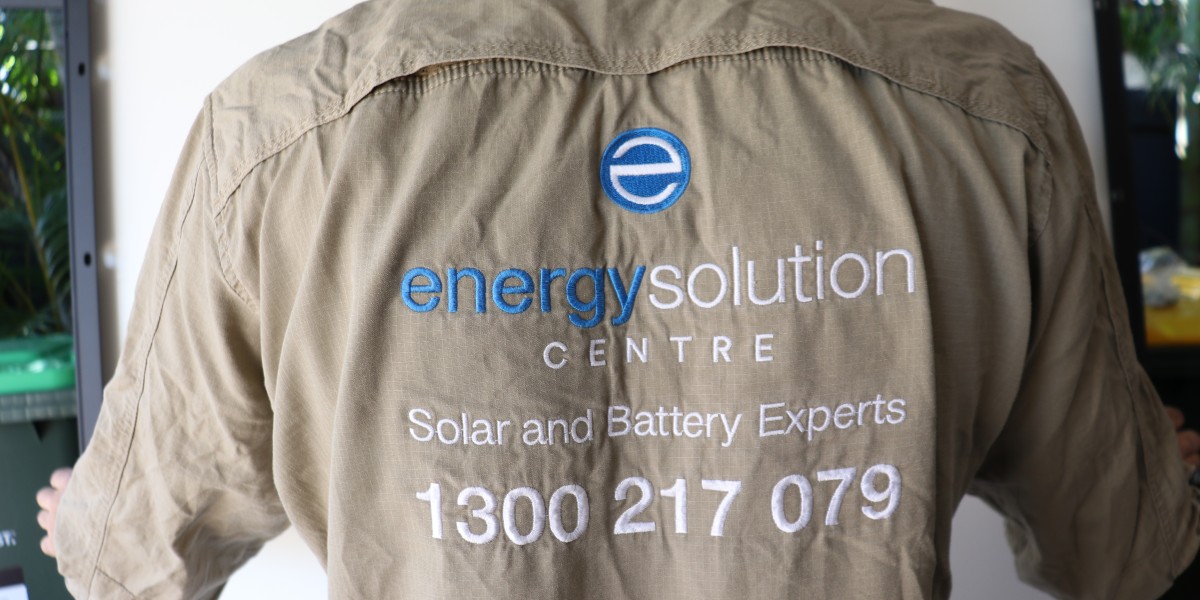The skincare market in Eastern Europe is experiencing remarkable growth, driven by increasing consumer awareness, economic development, and a surge in demand for high-quality skincare products. As the region embraces global beauty trends while maintaining its unique cultural preferences, businesses and investors are finding lucrative opportunities in this evolving market. This article delves into the key factors fueling the growth of the Eastern European skincare market and highlights the trends shaping its future.
Market Overview
Eastern Europe, encompassing countries like Poland, Hungary, the Czech Republic, Romania, and Russia, has emerged as a significant player in the global skincare industry. The region's market is characterized by a diverse range of products, from affordable mass-market items to premium luxury brands. According to industry reports, the Eastern European skincare market is projected to grow at a compound annual growth rate (CAGR) of around 6.5% from 2023 to 2028.
Key Drivers of Growth
Rising Disposable Income: Economic growth and rising disposable incomes in Eastern European countries have led to increased consumer spending on skincare products. As people have more money to spend, they are more likely to invest in high-quality and premium skincare solutions.
Growing Awareness of Skincare: With the proliferation of social media and beauty influencers, consumers in Eastern Europe are becoming more educated about skincare routines and the benefits of various products. This heightened awareness drives demand for effective skincare solutions.
Urbanization and Changing Lifestyles: Urbanization has brought about lifestyle changes, including a greater emphasis on personal grooming and appearance. Busy urban lifestyles also contribute to the demand for convenient and efficient skincare products.
Expansion of E-commerce: The rise of e-commerce platforms has made it easier for consumers to access a wide range of skincare products. Online shopping offers convenience, variety, and the ability to compare products and prices, further boosting market growth.
Emerging Trends
Natural and Organic Products: There is a growing preference for natural and organic skincare products among Eastern European consumers. This trend is driven by increasing awareness of the potential harmful effects of synthetic ingredients and a desire for more sustainable and eco-friendly options.
Personalization and Customization: Personalized skincare solutions tailored to individual needs are gaining popularity. Brands that offer customized products based on skin type, concerns, and preferences are likely to see increased demand.
Anti-Aging and Preventive Care: With a focus on maintaining youthful and healthy skin, anti-aging products and preventive skincare solutions are in high demand. Ingredients such as hyaluronic acid, retinol, and vitamin C are particularly sought after.
Men's Skincare: The men's skincare segment is expanding as more men become interested in grooming and skincare routines. Brands are introducing products specifically designed for men's skin, including moisturizers, cleansers, and anti-aging treatments.
Market Challenges
Economic Uncertainty: While disposable incomes are rising, economic fluctuations and political instability in some Eastern European countries can impact consumer spending patterns and market growth.
Regulatory Hurdles: The skincare industry is subject to strict regulations and standards. Navigating these regulations, especially for new and international brands, can be challenging.
Competition from Established Brands: The presence of well-established global brands in the market poses a challenge for new entrants. Building brand loyalty and gaining market share requires significant marketing and innovation efforts.
Opportunities for Businesses
Innovative Product Development: Companies that invest in research and development to create innovative and effective skincare products will have a competitive edge. This includes exploring new ingredients, formulations, and technologies.
Digital Marketing and E-commerce: Leveraging digital marketing strategies and e-commerce platforms can help brands reach a broader audience and boost sales. Engaging with consumers through social media and influencers can also enhance brand visibility and loyalty.
Local Partnerships: Collaborating with local distributors, retailers, and influencers can facilitate market entry and expansion. Understanding local consumer preferences and cultural nuances is crucial for success.
Sustainability Initiatives: Brands that prioritize sustainability and eco-friendly practices are likely to resonate with environmentally conscious consumers. This includes sustainable sourcing, eco-friendly packaging, and transparent supply chains.
For more insights, download a free report sample








